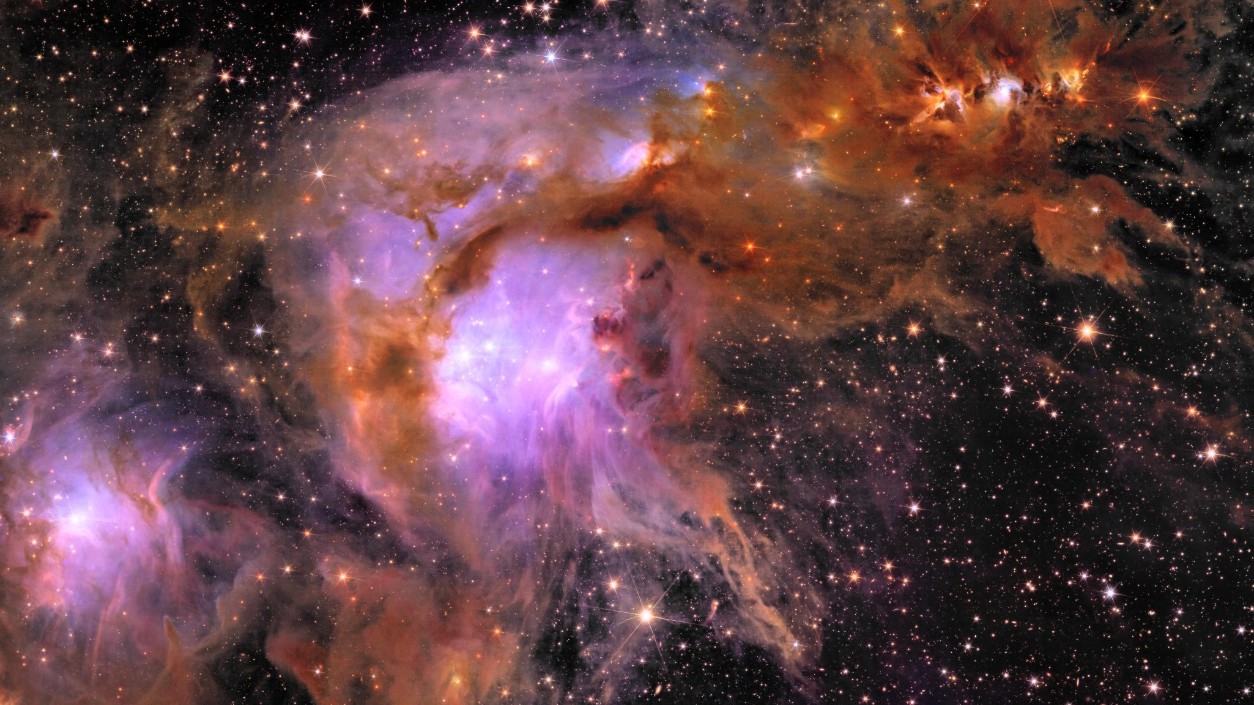
The European Space Agency’s (ESA) Euclid space telescope's first five science images of our cosmos have been revealed, and they're absolutely stunning.
The images — taken during just 24 hours of observation — show twinkling galaxy clusters, colorful wisps of gas clouds and one of the largest-known spiral galaxies in unprecedented levels of detail.
By capturing thousands of images like these for the next six years, the space telescope will catalog a third of the entire night sky and image more than a billion galaxies that are up to 10 billion years old, according to ESA.
"This space telescope intends to tackle the biggest open questions in cosmology," Valeria Pettorino, a Euclid project scientist, said in a statement. "And these early observations clearly demonstrate that Euclid is more than up to the task."
Launched into orbit on July 1, 2023, Euclid was designed to compile wide-lens images to help scientists hunt for two of the universe's most mysterious components: dark matter and dark energy.
Related: Mysterious 'Green Monster' lurking in James Webb photo of supernova remnant is finally explained
Researchers think dark matter and dark energy together make up about 95% of the universe, but they do not interact with light so can't be detected directly. Instead, scientists study these mysterious components by observing the way they interact with the visible universe around them: Dark matter can be seen by observing its gravitational warping effects on galaxies; and dark energy in the force propelling the universe's runaway expansion.
By collecting images across its enormous field of view, Euclid will help scientists to detect the telltale clues of warped matter by creating two maps — one of the gravitational lensing of galaxies that could reveal dark matter, and the other of matter shock waves called baryon acoustic oscillations that can measure dark energy.
But besides having immense scientific value, Euclid's images are also stunning. Here's our guide to the five released on Thursday (May 23).
Abell 2390 and Abell 2764
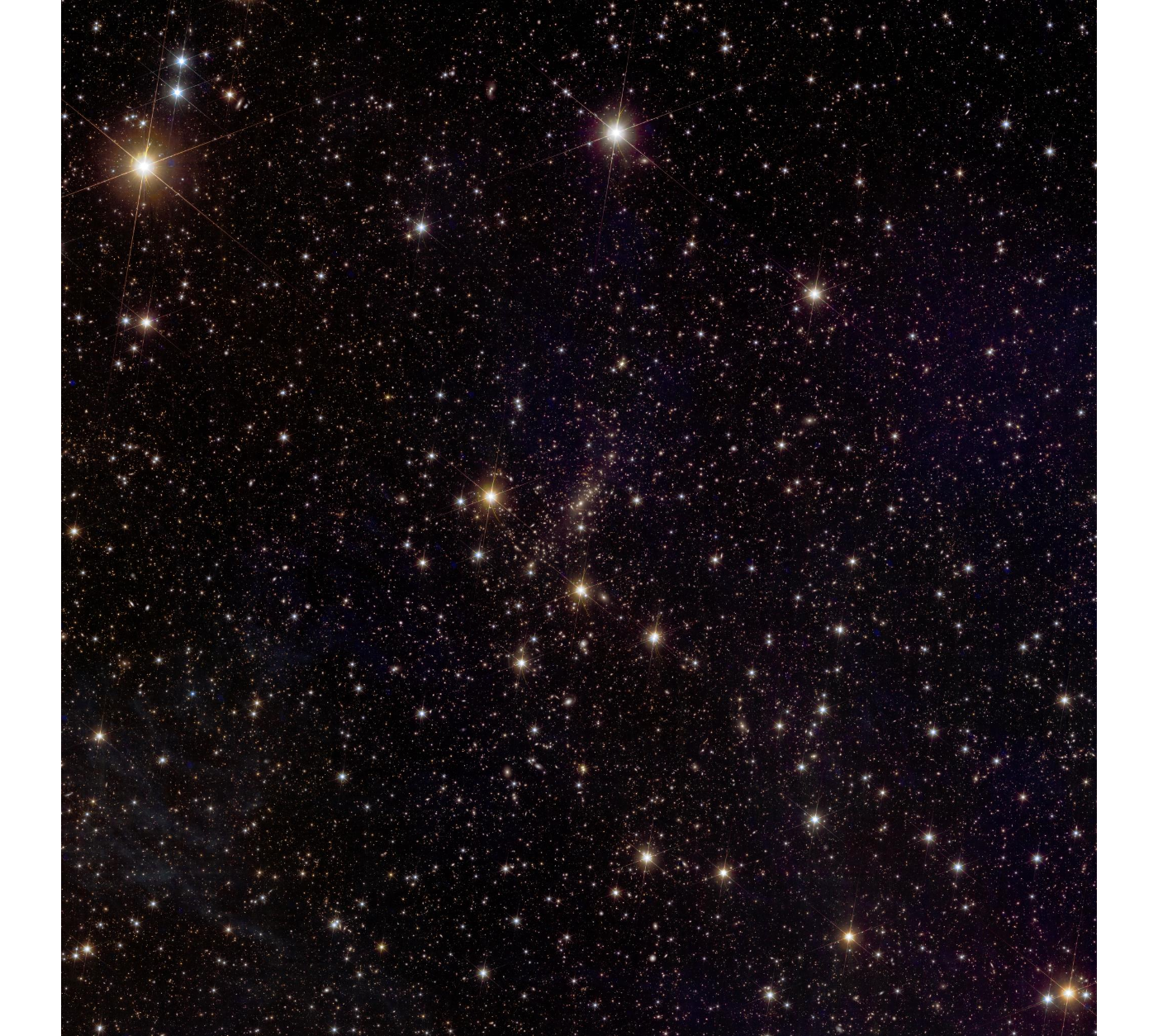
Euclid's first image is of the galaxy cluster Abell 2390, a gigantic grouping of 50,000 galaxies located inside the Pegasus constellation 2.7 billion light-years from Earth. The image features "intracluster light" from stars ripped out of their parent galaxies and beaming as lone lanterns in interstellar space. By measuring the warping of light around immense galaxies such as this, Euclid can help reveal the quantity and distribution of invisible dark matter across the universe.
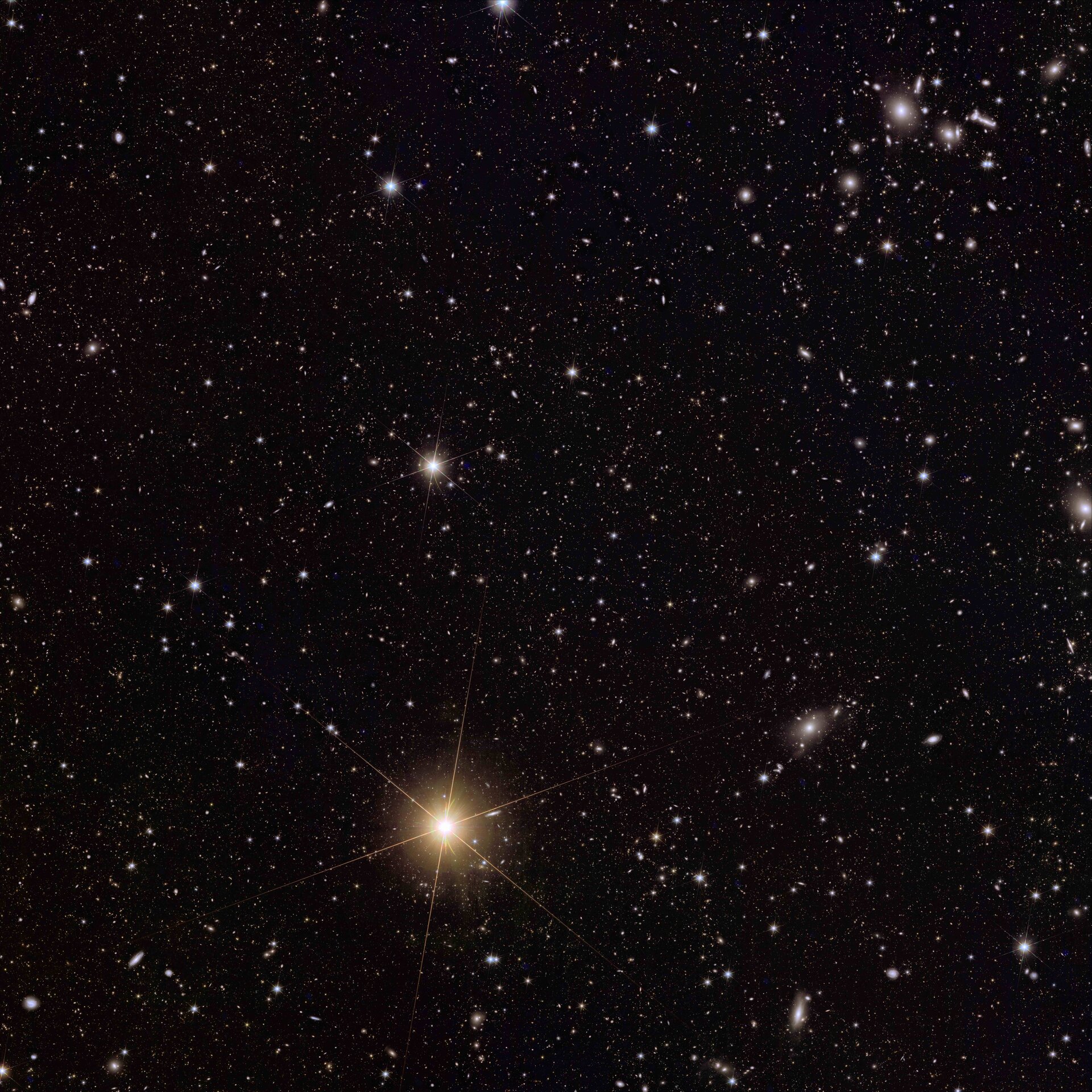
Another image, of the galaxy cluster Abell 2764 that's located 1 billion light-years from Earth in the Phoenix constellation, shows hundreds of galaxies held within a halo of dark matter, with some galaxies spiraling around each other.
Messier 78
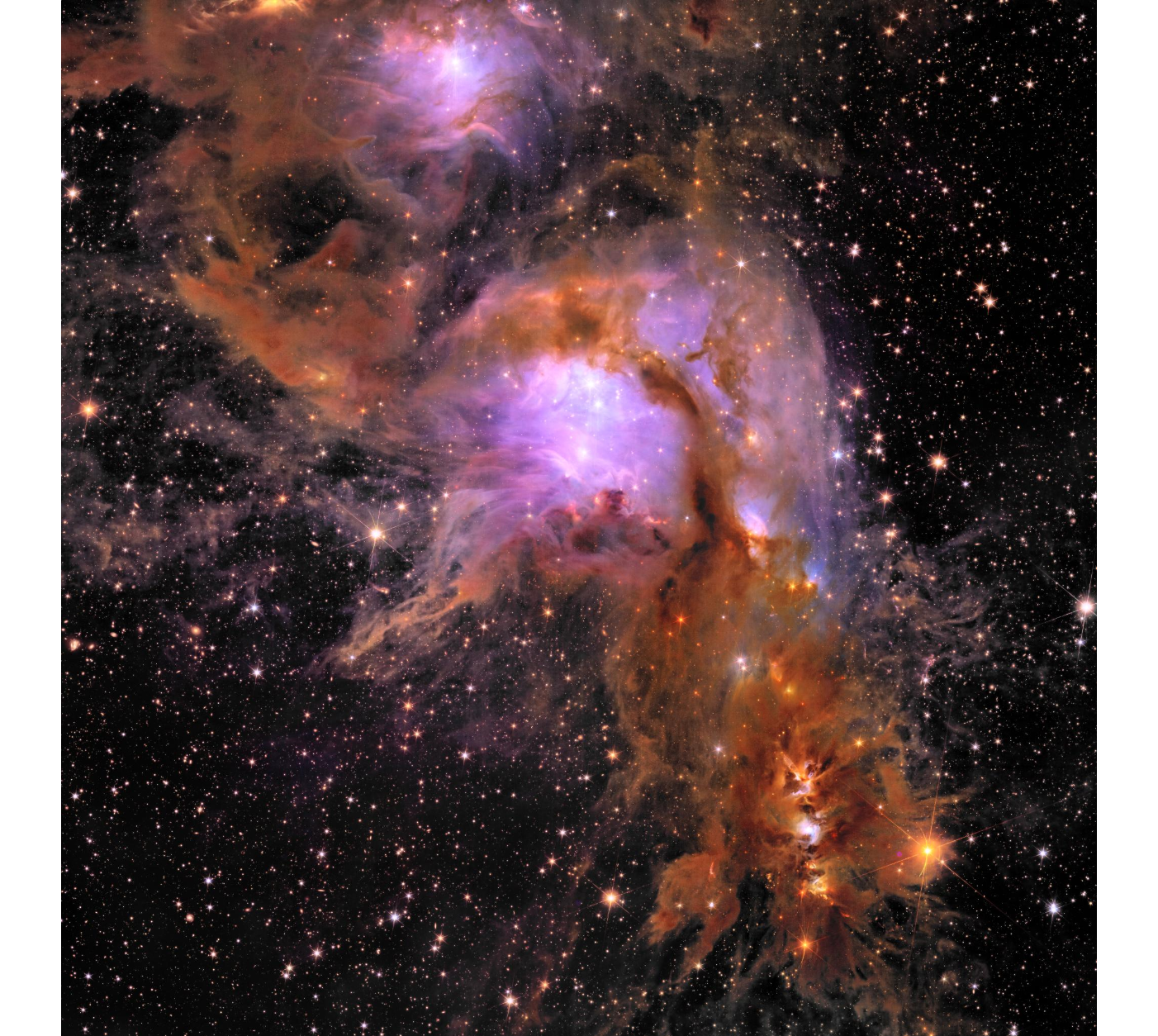
This stunning image of the star nursery Messier 78, located 1,300 light-years away within the constellation Orion, shows stars forming between vibrant tendrils of gas and dust. More than 300,000 new objects were revealed by Euclid's powerful infrared eye in this image, including baby stars and ejected rogue planets.
NGC 6744
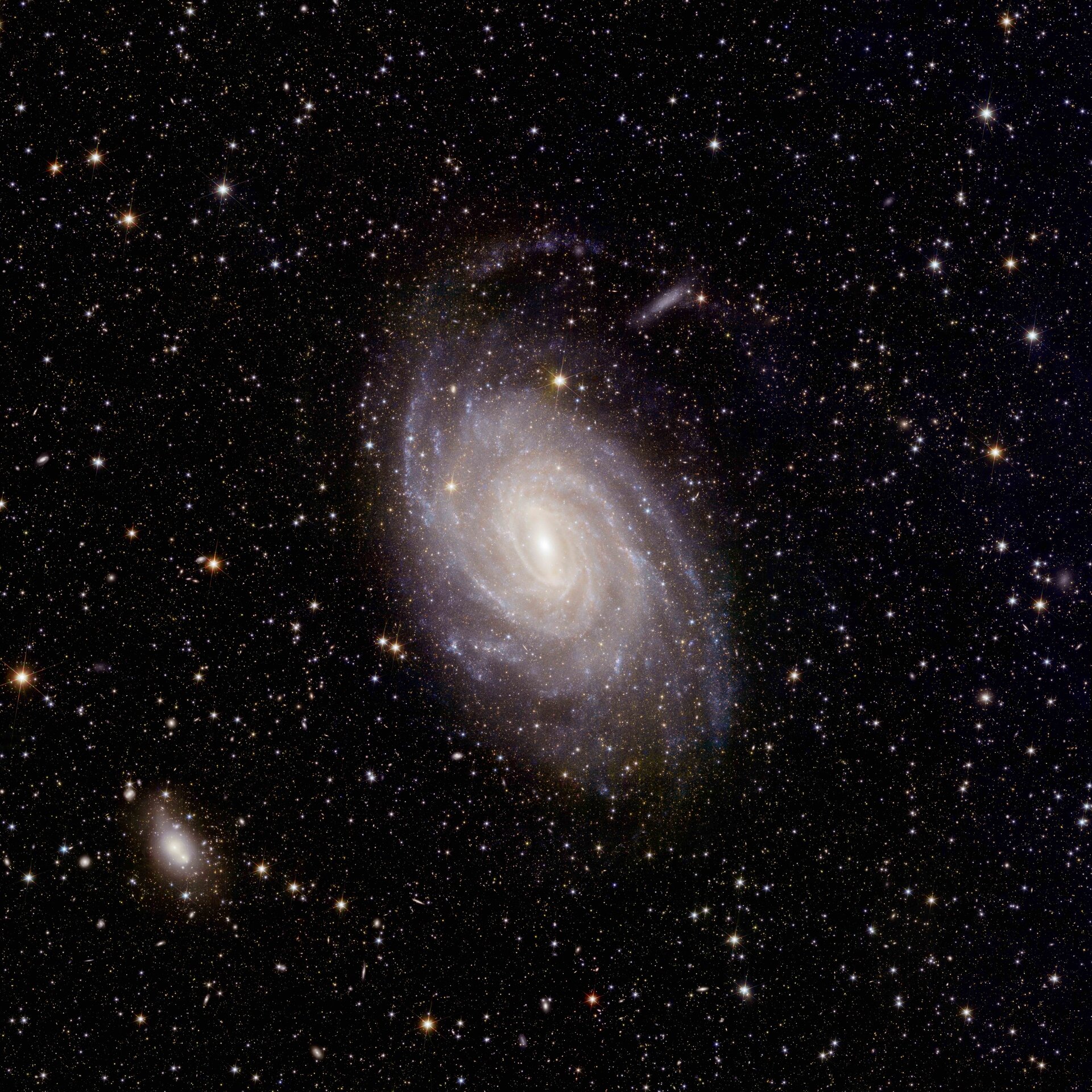
This image shows the massive spiral galaxy NGC 6744, situated 30 million light-years away within the Local Group — the super-group of more than 20 tight-knit galaxies to which the Milky Way belongs. Euclid's image captured a previously undetected dwarf galaxy orbiting its larger neighbor. By studying this region, scientists hope to understand how stars form within galaxies and discover the role that spiral structures play in this process.
The Dorado Group
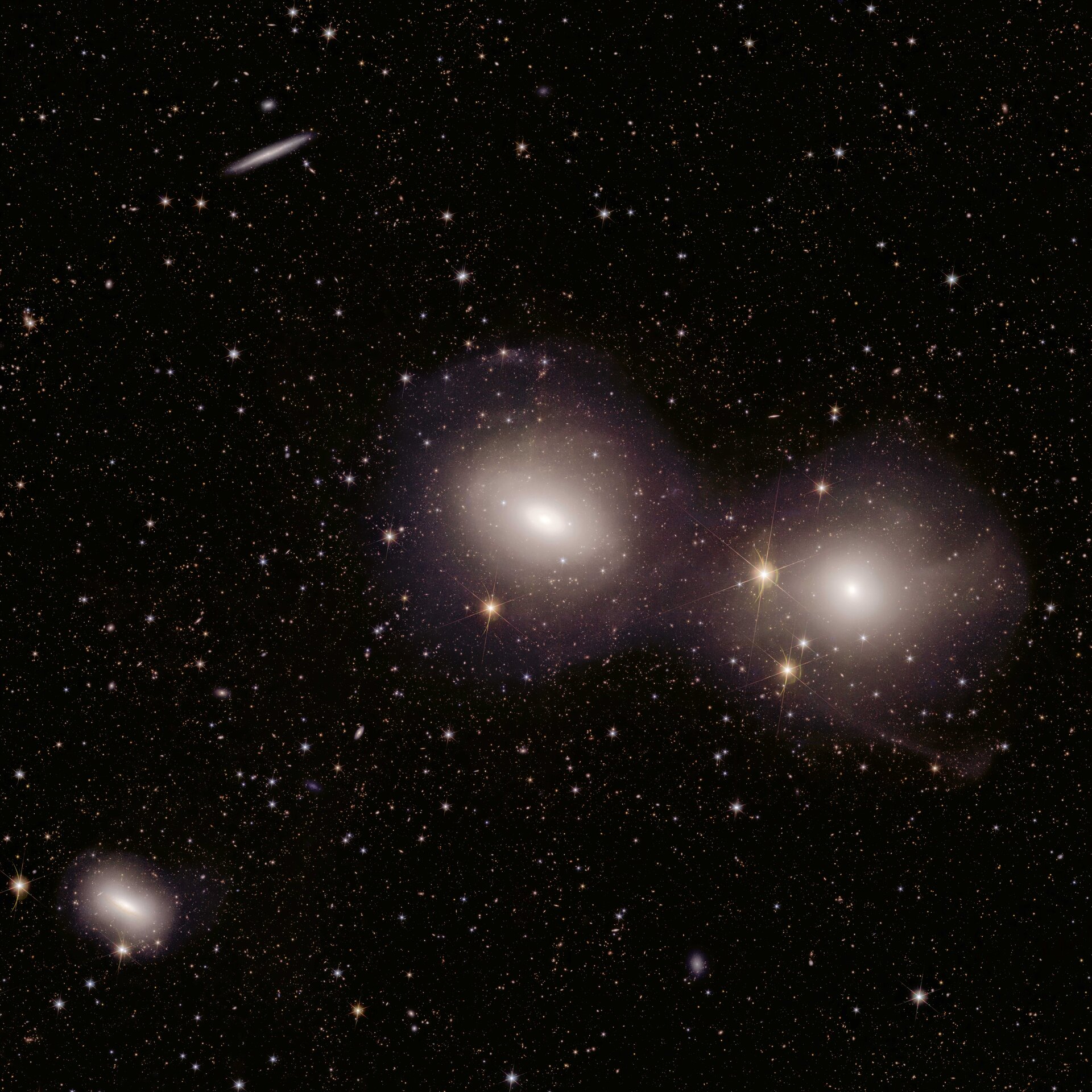
The final image showcases the Dorado Group, a collection of galaxies 62 million light-years away in the constellation Dorado. These sparring galaxies are locked in a complex dance, at the end of which they will collide with each other and merge.
The five images are part of Euclid's early release observations, and they will be joined by many more images in the coming years.
"They give just a hint of what Euclid can do," Pettorino said. "We are looking forward to six more years of data to come!"







